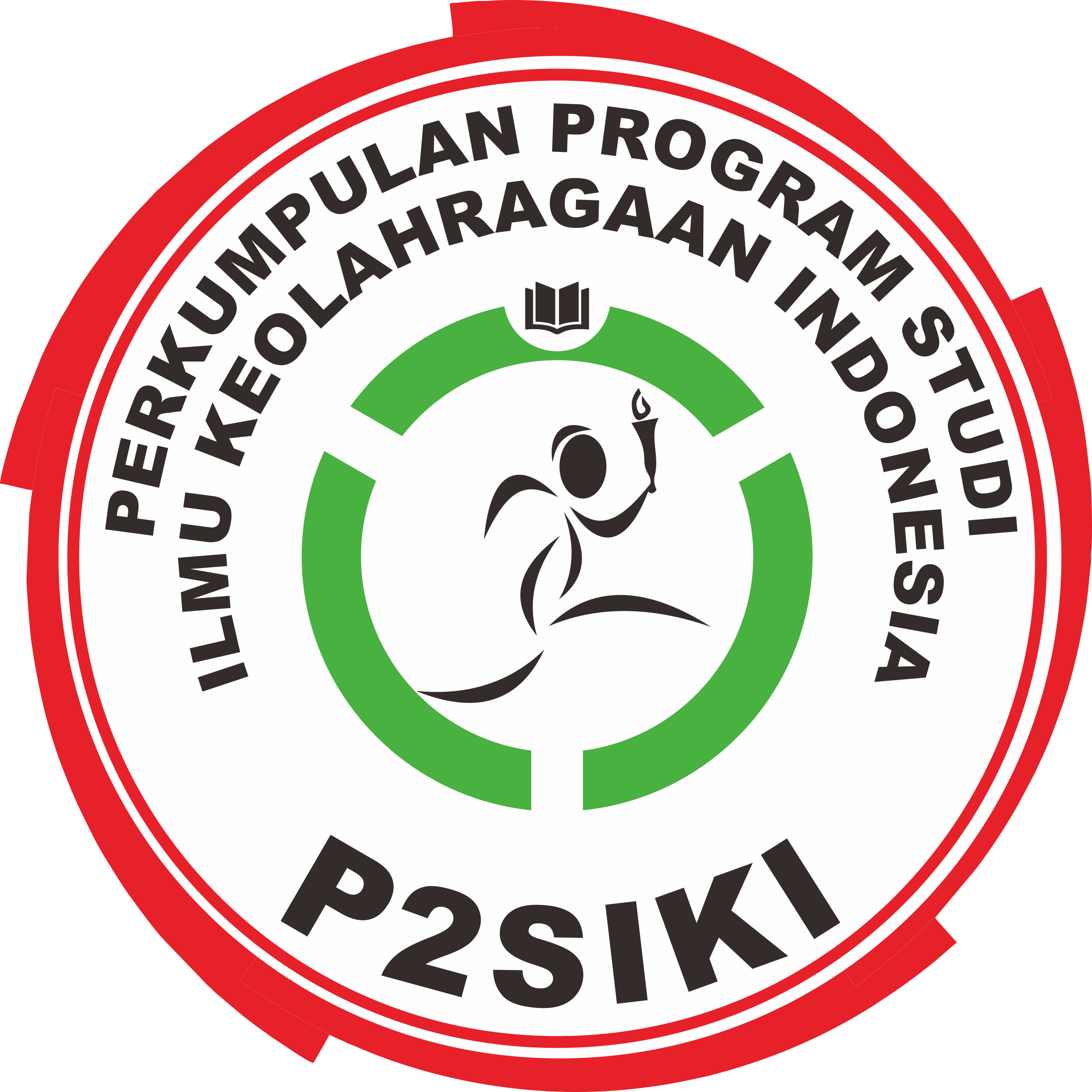Kontribusi Recive Servis, Dig, Cover dan Toss Pemain Libero dalam Pertandingan Final SEA GAMES 2019
(1) Universitas Negeri Yogyakarta
(2) Universitas Negeri Yogyakarta
Abstract
Tujuan penelitian ini adalah untuk mengetahui seberapa besar kontribusi recive servis, dig, cover dan toss pemain libero dalam pertandingan bola voli. Metode penelitian menggunakan penelitian deskriptif kuantitatif dengan teknik observasi dan match analisis pada pertandingan final bola voli putra indoor SEA GAMES 2019. Instrumen dalam penelitian ini adalah lembar observasi yang dinilai oleh dua orang ahli, yaitu ahli bola voli dan ahli tes dan pengukuran. Subjek dalam penelitian ini adalah dua orang libero tim nasional bola voli indoor Indonesia. Hasil penelitian menunjukkan bahwa pada set pertama libero 1 berkontribusi dalam recive servis, dig, cover dan toss sebesar: 38.6%. Set kedua libero 1 berkontribusi: 26.2%. Pada set kedua libero 2 berkontribusi sebesar: 16.3%. Pada set ketiga libero 2 berkontribusi sebesar: 52.1%. Kesimpulan dalam penelitian ini bahwa kontribusi kemampuan libero sangat menentukan dalam keberhasilan tim dalam melakukan serangan maupun bertahan, baik kemampuan recive servis, dig, cover dan toss. Rekomendasi peneliti hendaknya pelatih melatih libero dengan kondisi sedekat mungkin dengan kondisi sebenarnya di lapangan. Kesalahan yang dilakukan libero di lapangan hendaknya diulang-ulang dibenahi dan diberikan solusi atau pembetulan baik konsep maupun teknik
Purposed of this study was to determine the contribution of recive servis, dig and toss libero players in volleyball matches. The research method was used quantitative descriptive research with observation and match analysis techniques in the SEA GAMES 2019 indoor men's volleyball final match. The study’s instrument was the observation sheet assessed by two experts, namely, volleyball expert, test and measurement expert. Subjects in this study were two Indonesian national volleyball national team libero. Results showed that in the first set libero number 1 contributed to the recive service, dig and toss by: 38.6%. The second set of libero number 1 provided: 26.2%. In the second set of libero number 2 participated: 16.3%. In third set, libero number 2 contributed: 52.1%. The conclusion in this study is that the contribution of Libero's ability was crucial to the success of the team in attack and defense, both the ability to recive service, dig, cover and toss. Common researchers' recommendation should be that the trainer train libero with conditions as close as possible to the field’s actual requirements. A libero made mistakes in the area should be repeated addressed and given a solution or correction of both concepts and techniques.
Keywords
Full Text:
PDFReferences
Ackerman, J. (2014). Girls Volleyball. ABDO.
Bach, G. (2009). Coaching volleyball for dummies. Canada: Wiley Publishing.
Barth, K; & Heuchert. (2005). Learning volleyball. UK: Mayer & Mayer Sports.
Barth, K; & Linkhand, A. (2006). Training volleyball. UK: Mayer & Mayer Sports.
Clemens, T & McDowell, J. (2012). The volleyball drills book. USA: Human Kinetics.
Hebert, M. (2014). Thingking Volleyball. US: Human Kinetics.
Keeling, J. (2007). The Dig Tips for Keeping the Volleyball in Play. http://www.sportinglife360.com/index.php/the-dig-tips-for-keeping-the-volleyball-in-play-4-62113/.
Lenberg, K. (2006). Volleyball skills and drills. USA: Human Kinetics.
Lenberg, K. (2007). Preparing for the Perfect Pass. American Volleyball Coaches Association,
McKeever, M; Came, F; Smith, N; & Handford, C. (2018). Volleyball. England: English Volleyball Association with Royal Navy.
Merghes, P.E; & Gradinaru, S. (2014). Comparative analysis of the “libero†in great performance volleyball. Timisoara Physical Education and Rehabilitation Journal. Volume 6. Issue: 12. DOI: 10.2478/tperj-2014-0024.
Merrett, H. (2004). Winning volleyball skills. Http://WinningVolleyballSkils.com.
Mesquita, I; Manso, F.D; & Palao, J.M. (2007). Defensive participation and efficacy of the libero in volleyball. Journal of Human Movement Studies Vol. 52 No 2.
Miller, B. (2005). The volleyball handbook. USA: Human Kinetics.
Rentero, L; Joao, P.V; & Moreno, M.P. (2015). Analysis of the libero’s influence in different match phases in volleyball. Revista International de Medicina y Ciencias de la Actividad Fisica y el Deporte vol. 15 (60) pp. 739-756.
Roque, E. & Hansen, J. (2012). Volleyball coaching manual. USA: LA84 Foundation.
Schmidt, B. (2016). Volleyball: steps to success. USA: Human Kinetics.
Waite, P. (2009). Aggressive volleyball. USA: Human Kinetics.
Refbacks
- There are currently no refbacks.
Published by:
Department of Sport Science, Universitas Negeri Semarang
Gd. F1 Lt. 1 FIK-UNNES, Jalan Raya Sekaran Gunungpati Semarang Indonesia 50229, Telp/Fax: (024) 8508007
This work is licensed under a Creative Commons Attribution 4.0 International License.




